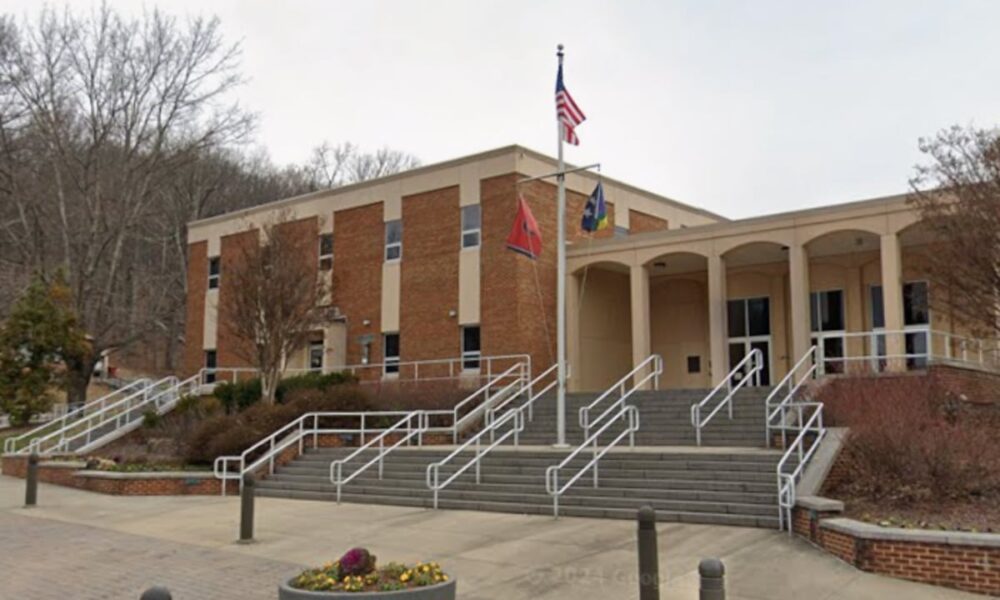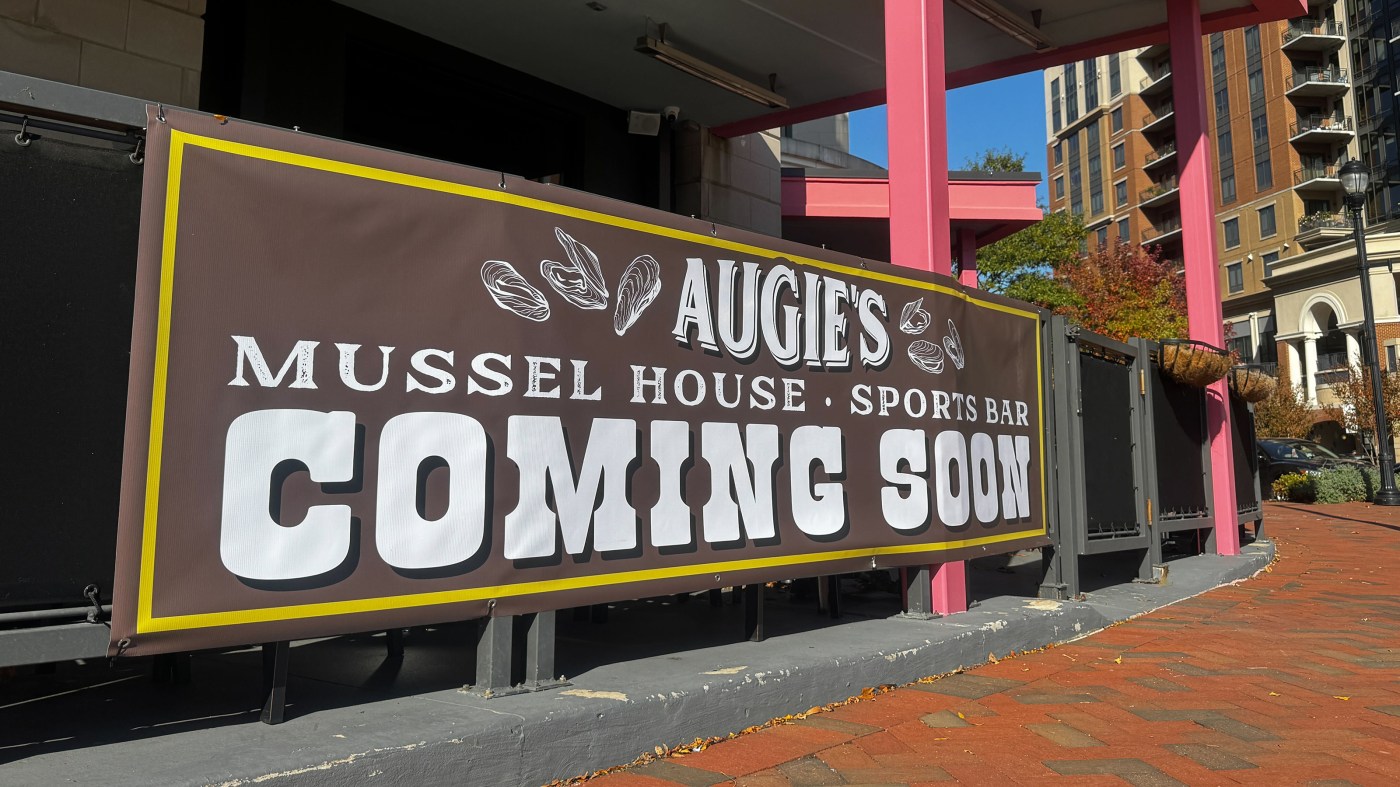BREAKING: A groundbreaking review study from Çanakkale Onsekiz Mart University in Türkiye has just been released, shedding light on the vital need for precise materials characterization in the preservation of historical structures. This urgent research addresses long-standing challenges in the field of cultural heritage preservation, emphasizing that the survival of these treasures depends on understanding their building materials.
The study, titled “Materials Characterization of Historical Structures: A Review,” analyzes a variety of techniques used to assess materials such as limestone, basalt, and lime-based mortars. It highlights the pressing need for a holistic approach to material analysis that can guide effective restoration efforts. The research team, led by Mertcan Demirel, Alican Topsakal, and Muhammet Gökhan Altun, meticulously evaluated existing methodologies, offering critical insights that could revolutionize conservation practices.
This review is particularly timely as it identifies significant gaps in current characterization practices. According to the authors, traditional methods often lack comprehensive analysis and clear guidance, resulting in ineffective restoration and conservation strategies. The review synthesizes key findings from various studies, illustrating the strengths and limitations of each method to empower researchers in their future work.
Four core categories of characterization techniques are thoroughly examined:
1. **Physical and Thermal Property Analysis**: Using Mercury Intrusion Porosimetry (MIP), researchers determined porosity and pore structure, revealing two main pore size distributions in mortars from Amaiur Castle. Additionally, Thermogravimetric Analysis (TGA) assessed thermal resistance, showing that calcite decomposes at temperatures between 600–900 °C with a mass loss of 20%–40% due to CO2 emissions.
2. **Chemical Property Analysis**: The study highlights the use of advanced techniques like X-ray Diffraction (XRD) and X-ray Fluorescence (XRF) to determine mineral composition and elemental content, respectively. Notably, high concentrations of heavy metals were detected in the black crusts of Seville Cathedral, raising alarm bells for conservationists.
3. **Mechanical Property Analysis**: Non-destructive methods such as Ultrasonic Pulse Velocity (UPV) and Schmidt hammer tests were emphasized as crucial for evaluating the mechanical performance of historical structures without causing damage.
4. **Visualization Techniques**: The review also covers visualization methods like Scanning Electron Microscopy-Energy Dispersive X-ray Spectroscopy (SEM-EDS) and Infrared Thermography (IRT), which are instrumental in identifying hidden defects and moisture issues, as seen in Malatya Taşhoran Church.
The implications of this research are profound. By combining multiple analytical methods, the study argues for more consistent and reliable results, which are essential for the development of scientifically grounded restoration projects. The findings aim to reduce costs in engineering and architectural analysis while supporting the urgent need for effective preservation strategies.
As the global community continues to prioritize cultural heritage, this review serves as a critical resource for researchers and practitioners alike. Published on [insert publication date], this comprehensive analysis is expected to influence future scientific research and policy decisions in heritage preservation.
For further details, the full text of the study is available at https://doi.org/10.1007/s11709-025-1222-3. Stay tuned for more updates as the conversation around historical structure preservation evolves.







